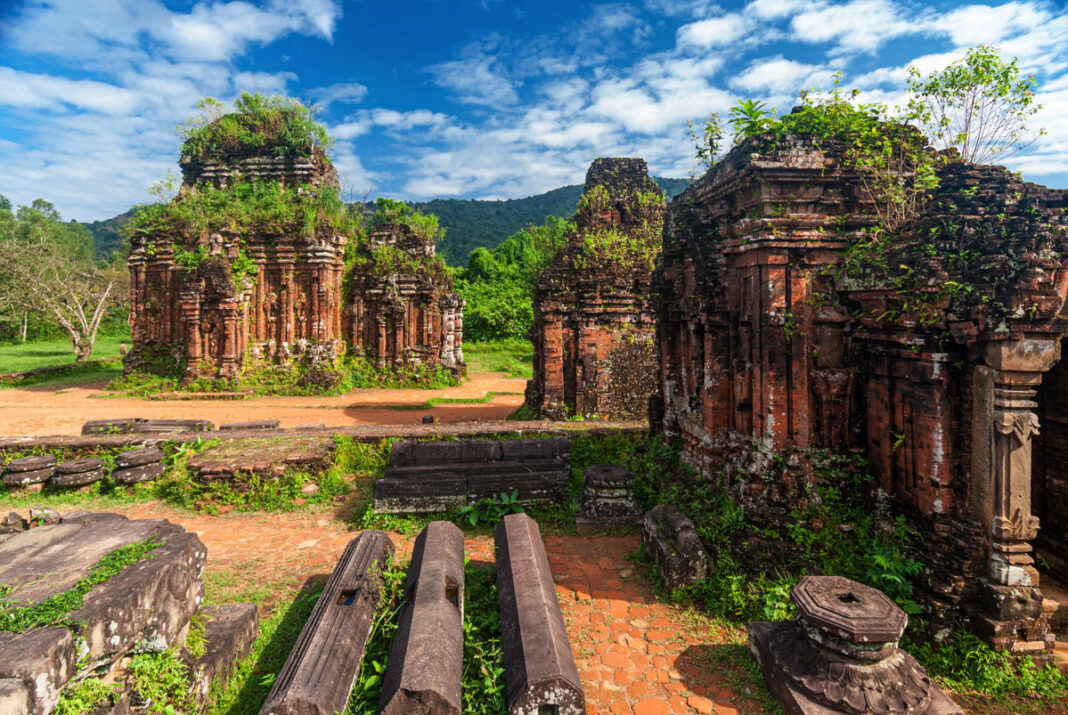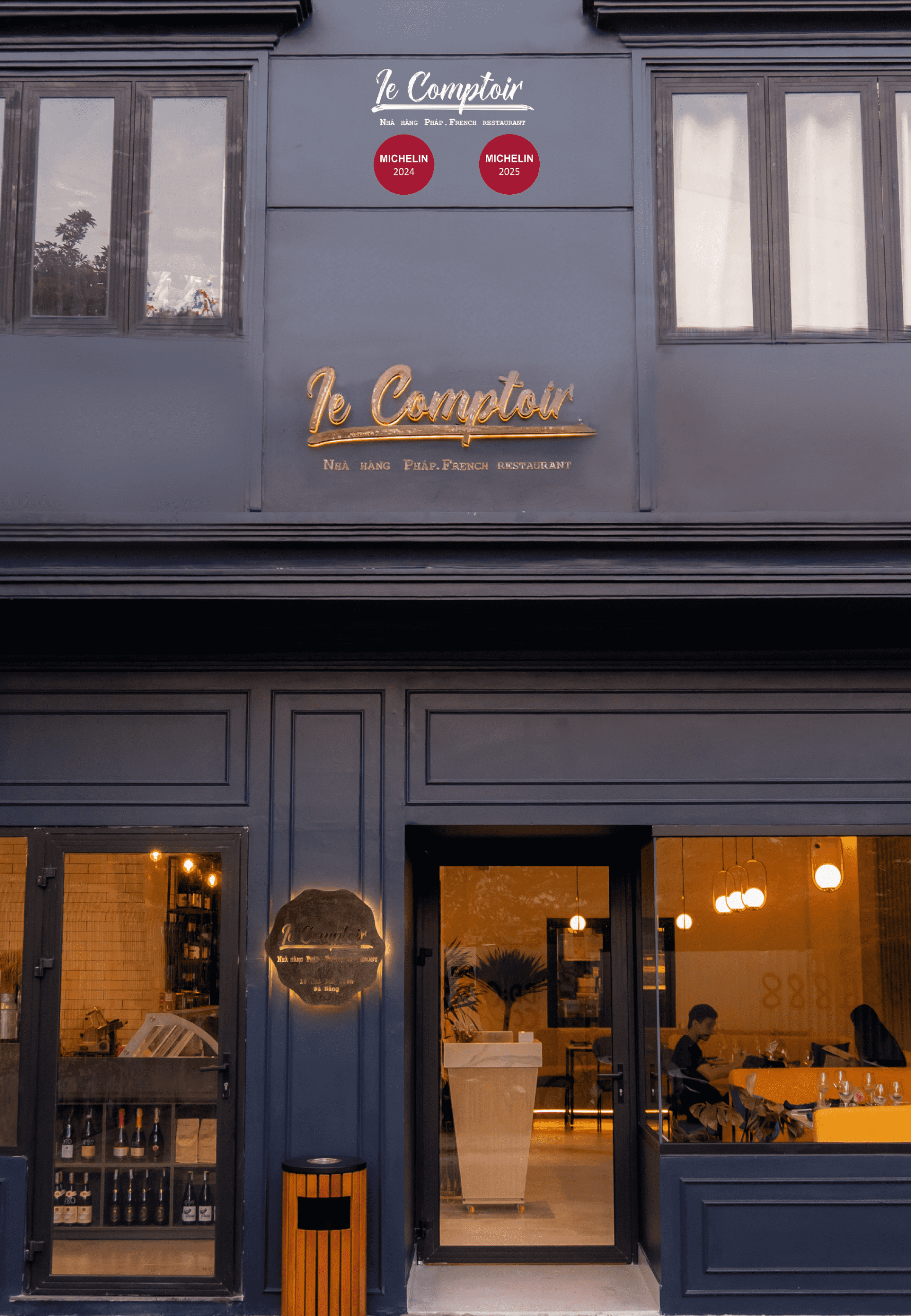The Champa people are among the ancestors of the Vietnamese people, and during the ancient and medieval eras, they had a kingdom and a golden era of prosperity. Until now, the Cham became a part of Vietnam as a minority ethnic group in central and southern. Not too many people know and understand clearly about this culture but this is one of the most interesting kingdoms that left behind a rich cultural heritage, including thousands of relics, temples, and monuments.
An Overview of the Champa Kingdom
From the 2nd century AD, the Cham people started settling along the Vietnam coast. They soon lost ties to their motherland, called the Indonesian Islands and the only thing that helped them to connect with their old country was religion – Hinduism which they brought together when they moved to another area.
The Cham people quickly used their power the establish the size of the Kingdom in the center of Vietnam. Later on, they expanded their country to some areas in Cambodia and Laos. The Champa people remained a significant power in Southeast Asia for over 1000 years and became a prosperous country between 500 to 1500 AD.
When natural resources like rare metals, gold, spices, agarwood, aromatic oils, camphor, and other exploited goods attracted Indian traders, Champa was greatly influenced by Indian culture. Because of this, India had a significant influence on Champa, particularly in terms of religion and belief.
Highlights of the Cham Kingdom
1. Religious Beliefs
Not only the Champa kingdom but some ancient countries also received the affection of Indian religion. The Indians came to Champa and brought their culture, beliefs, and theocratic system that supported the Chams to get more power for the very first time when they established their Kingdom.
After Indian religion came to Champa, the people here believed and followed Shiva, Bramah, and Visnu. The affection for Indian religion is not only in religion and beliefs, it is also in the economy and the life of people there.
2. Art and Architecture
It would be impossible to discuss Champa without mentioning the temple and tower system. Approximately 70 Cham towers exist now from the approximately 100 at the beginning of this century (researchers believe that there are more than a thousand large and small towers with preserved ruins from Quang Binh to the Central Highlands).
In Indian religion, towers are frequently built on tall hills in the shape of Mount Meru, which represents the center of the universe and the home of the gods. Three different duties can be performed simultaneously by Cham Tower: God’s Temple, the Tomb Temple, and the Gods’ Residence Temple.
The Cham Tower exhibits a beautiful and complex decoration that cohesively combines architectural and sculpture art. The sculptures that surround the tower mostly represent flowers, human and animal characters, gods, and mythical animals from Indian epics or prayers. One characteristic that sets Champa’s sculpture apart is the way the relief-carved figures are oriented toward round sculptures. The life and energy found in Khmer reliefs are not present in Champa sculpture; instead, each character and group of characters appears to be independent and separate, nearly resembling separate round sculptures that combine to create a massive and striking character, sculpting the classic Champa sculpture’s distinctive beauty.
3. Music and their festivals
The Cham people’s spiritual life is greatly enriched by music and dance, particularly during religious and belief-based rituals and festivals like the Kate festival, the holy door opening ceremony, and the island prayer ceremony,…
They have a collection of musical instruments for singing and dancing, including hand-clapped huge drums, Sarana trumpets, hand-clapped little drums with two sides, etc. They’re alive and well now. There are trumpet dances, silk dances, and other forms of dance art. Specifically, there is the Apsara dance, which focuses on significant ceremonies.
Dance is an art form that is closely associated with the Cham people like shapes and shadows that are very rich and unique. Cham people have different types of dance: daily dance, religious dance, group and solo dance, prop dance, and shadow dance.
Visit Champa’s cultural heritage
To understand more about Champa culture, there are some places in Vietnam that you can visit and learn:
1. Cham Museum – 01 2/9 Street, Hai Chau District, Da Nang City, Vietnam
When visiting the Museum, guests can view about 400 items, many of which are National Treasures, and represent the height of Champa sculpture from the approximately 5th to the 15th century. The artifacts are shown in a variety of media, including sandstone, terracotta, and metal.
2. Quang Nam: My Son Sanctuary – Ruins of a brilliant ancient civilization
The Sanctuary, which has more than 70 towering examples of Champa architecture, has artistic, historical, cultural, and architectural elements dating back to the ninth century.
My Son is the site of temple construction, ceremonies, prayer, and divination regarding the rule of the Cham monarchs.
As the ancestor of the Cham people, My Son holds a significant spiritual role in the society. Even now, this one-of-a-kind piece of art is valued highly. Here, the tower’s corners and every brick have special historical and cultural significance that was produced by human strength miracles.
3. Nha Trang – Ponaga
People refer to the entire Ponagar Tower complex by the name of Ponagar Tower because it is the most commonly known main tower. Ponagar, the bride of Shiva, is adored in the main tower, which is 23 meters tall and has four stories. Numerous striking sculptures that portray local pastimes from that era, such as boating, dancing, singing, and hunting, adorn the inside of the tower.
4. Bánh ít Temple
One of Vietnam’s oldest existing tower groups is this one. There are four towers in this relic complex, each with a different size. Only over 100 meters separate the buildings’ construction site from sea level. One unique aspect of the tower complex is that it’s all set on a 200-step slope and encircled by a sizable garden, so you can feel the breeze blowing through the summer months.
There is also more architecture of Champa culture in the Southeast of Vietnam but these are the signature when we talk about The Chams. More place is in Phu Yen, Ninh Thuan, Khanh Hoa, Phan Thiet,…
We will keep publishing more articles on the fascinating subject of Champa culture and The Chams to share with you about Vietnam and our way of life. Stay tuned for our forthcoming stories and follow us.
















